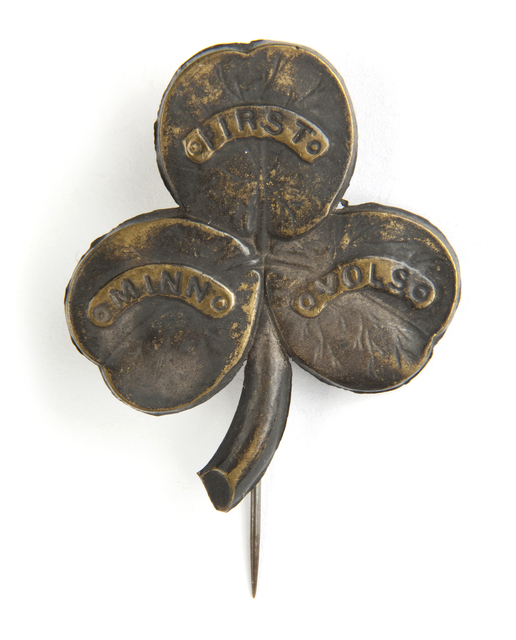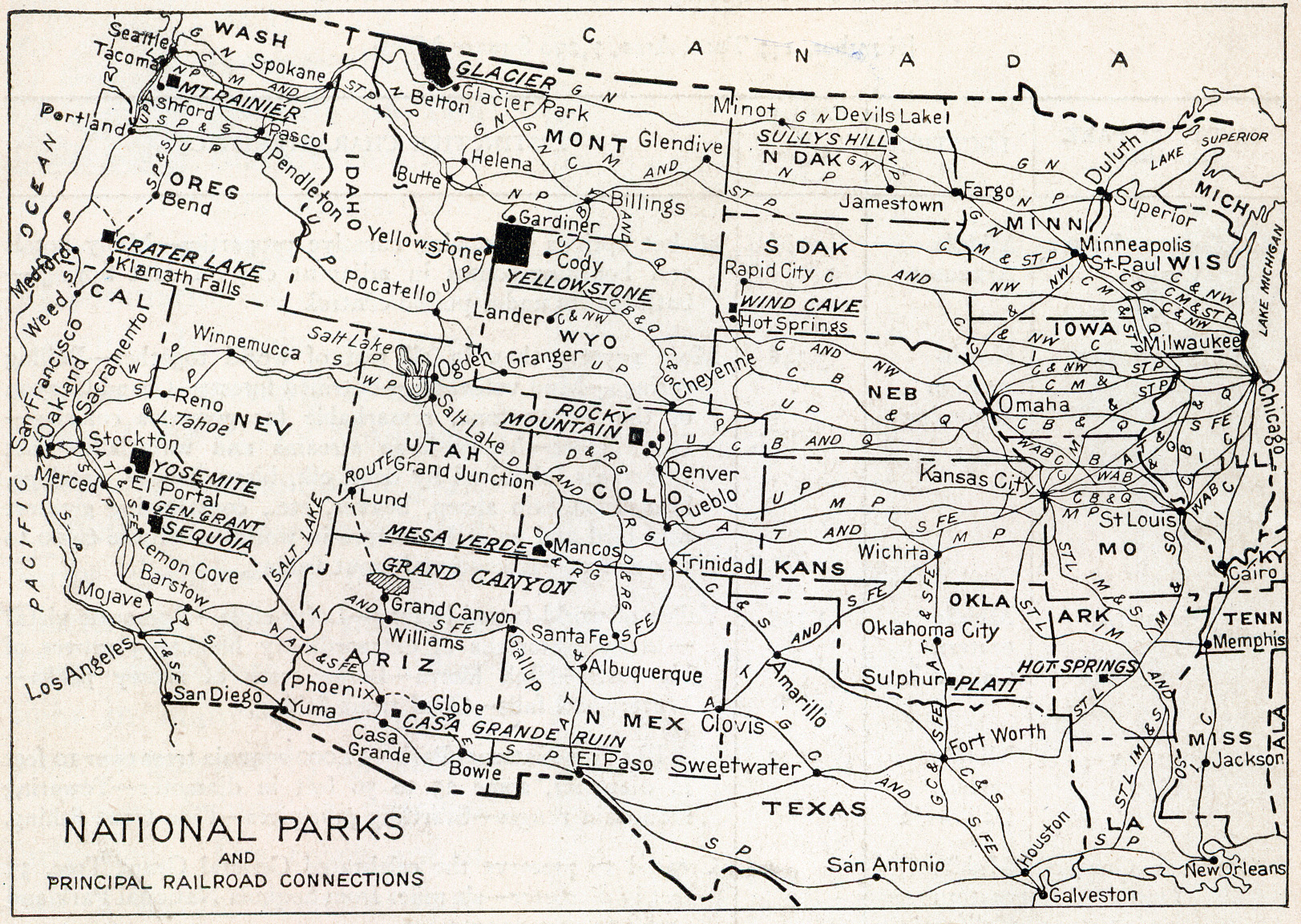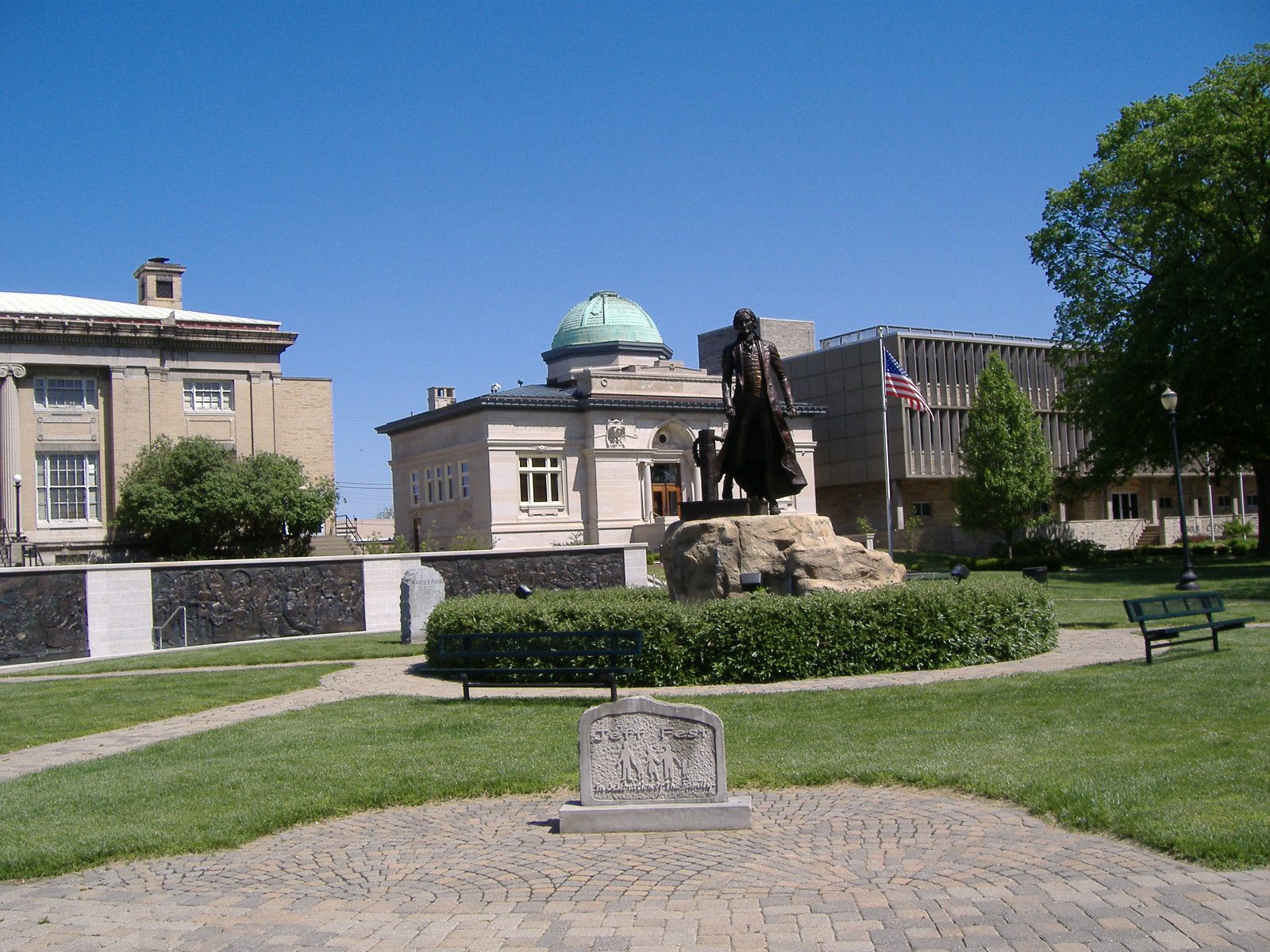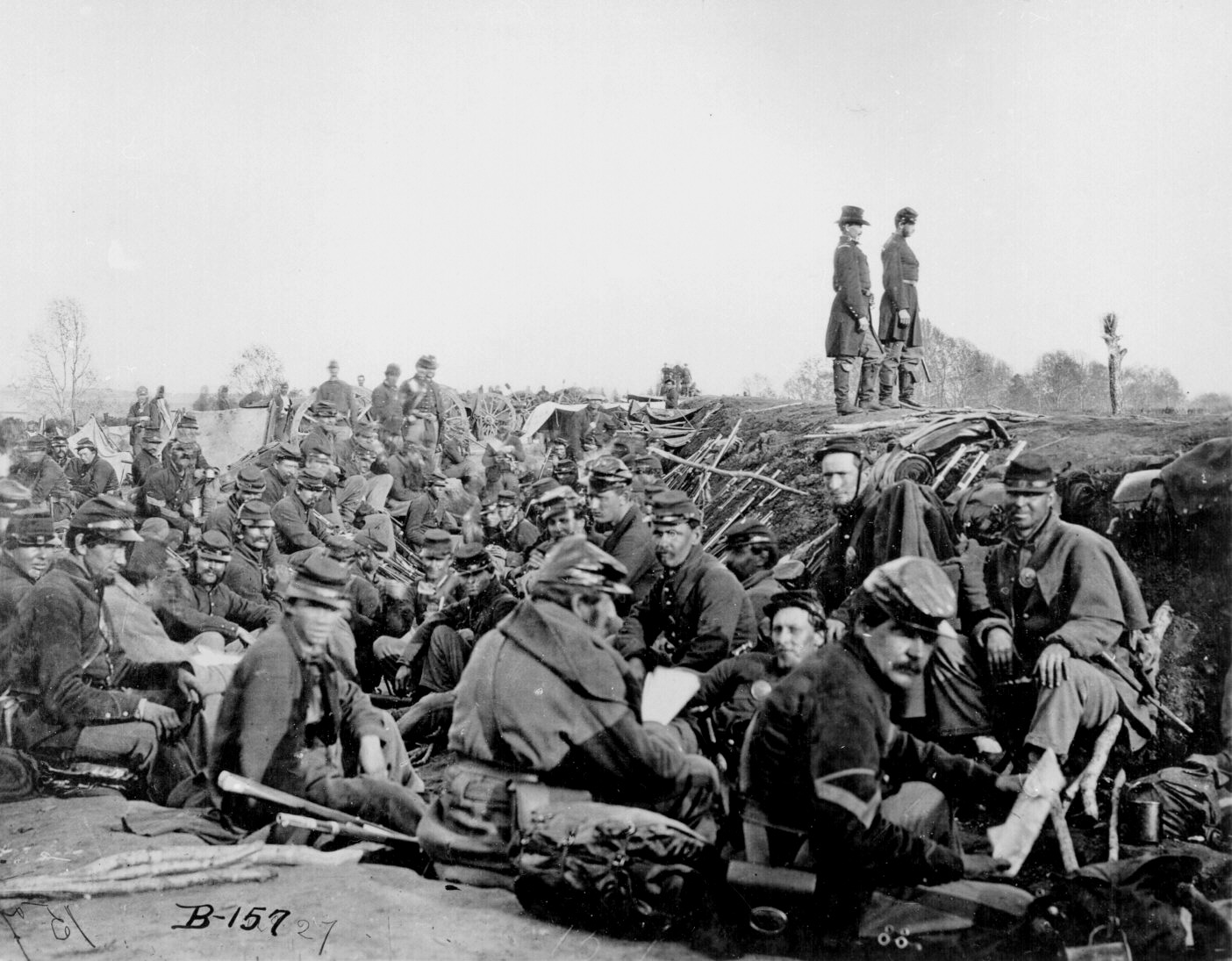|
1st Minnesota Infantry Battalion
The 1st Minnesota Infantry Battalion was an infantry battalion that served in the Union Army in the Eastern Theater of the American Civil War. History Early service The 1st Minnesota Infantry Battalion was mustered into service on April 29, 1864, at Fort Snelling, Minnesota, and was originally formed by soldiers of the disbanded 1st Minnesota Infantry Regiment who had reenlisted into U.S. service. These veterans formed two companies that became the nucleus of the 1st Minnesota Battalion. They were soon joined by more companies. Later service In May 1864, the battalion was ordered to Washington D.C. On 1 June the battalion was temporarily consolidated with the 38th Wisconsin Infantry Regiment and assigned to the Provisional Brigade of Brigadier General John J. Abercrombie. Afterwards they moved to Virginia to join the Army of the Potomac and participate in the Siege of Petersburg under Captain James C. Farwell. On March 19, 1865, men of the 2nd Company of Minnesota Sharps ... [...More Info...] [...Related Items...] OR: [Wikipedia] [Google] [Baidu] |
Union (American Civil War)
During the American Civil War, the Union, also known as the North, referred to the United States led by President Abraham Lincoln. It was opposed by the secessionist Confederate States of America (CSA), informally called "the Confederacy" or "the South". The Union is named after its declared goal of preserving the United States as a constitutional union. "Union" is used in the U.S. Constitution to refer to the founding formation of the people, and to the states in union. In the context of the Civil War, it has also often been used as a synonym for "the northern states loyal to the United States government;" in this meaning, the Union consisted of 20 free states and five border states. The Union Army was a new formation comprising mostly state units, together with units from the regular U.S. Army. The border states were essential as a supply base for the Union invasion of the Confederacy, and Lincoln realized he could not win the war without control of them, especially Ma ... [...More Info...] [...Related Items...] OR: [Wikipedia] [Google] [Baidu] |
1st Minnesota Infantry Regiment
The 1st Minnesota Infantry Regiment was the very first group of volunteers the Union received in response to the South's assault of Fort Sumter at the beginning of the United States Civil War. Minnesota's Governor Alexander Ramsey offered 1000 men to Lincoln immediately upon learning of the attack on the fort. He just happened to be in Washington when the news broke. Those men volunteered for a five-year commitment (1861–64) which was much longer than other states. During combat actions, the 1st Minnesota sustained substantial casualties at the battles of First Bull Run (20%) and Antietam (28%) and a staggering 82% at the Battle of Gettysburg, where the regiment's most famous actions occurred on the second day of the battle. At a dire moment on the afternoon of July 2, 1863, Major General Winfield Scott Hancock, commander of II Corps ordered the 1st Minnesota to charge into a brigade of roughly 1200 men of James Longstreet's corps and Richard H. Anderson's Division, whic ... [...More Info...] [...Related Items...] OR: [Wikipedia] [Google] [Baidu] |
1st Minnesota Volunteer Infantry
The 1st Minnesota Infantry Regiment was the very first group of volunteers the Union received in response to the South's assault of Fort Sumter at the beginning of the United States Civil War. Minnesota's Governor Alexander Ramsey offered 1000 men to Lincoln immediately upon learning of the attack on the fort. He just happened to be in Washington when the news broke. Those men volunteered for a five-year commitment (1861–64) which was much longer than other states. During combat actions, the 1st Minnesota sustained substantial casualties at the battles of First Bull Run (20%) and Antietam (28%) and a staggering 82% at the Battle of Gettysburg, where the regiment's most famous actions occurred on the second day of the battle. At a dire moment on the afternoon of July 2, 1863, Major General Winfield Scott Hancock, commander of II Corps ordered the 1st Minnesota to charge into a brigade of roughly 1200 men of James Longstreet's corps and Richard H. Anderson's Division, which it ... [...More Info...] [...Related Items...] OR: [Wikipedia] [Google] [Baidu] |
United States Department Of The Interior
The United States Department of the Interior (DOI) is one of the executive departments of the U.S. federal government headquartered at the Main Interior Building, located at 1849 C Street NW in Washington, D.C. It is responsible for the management and conservation of most federal lands and natural resources, and the administration of programs relating to Native Americans, Alaska Natives, Native Hawaiians, territorial affairs, and insular areas of the United States, as well as programs related to historic preservation. About 75% of federal public land is managed by the department, with most of the remainder managed by the Department of Agriculture's Forest Service. The department was created on March 3, 1849. The department is headed by the secretary of the interior, who reports directly to the president of the United States and is a member of the president's Cabinet. The current secretary is Deb Haaland. Despite its name, the Department of the Interior has a differ ... [...More Info...] [...Related Items...] OR: [Wikipedia] [Google] [Baidu] |
National Park Service
The National Park Service (NPS) is an List of federal agencies in the United States, agency of the Federal government of the United States, United States federal government within the United States Department of the Interior, U.S. Department of the Interior that manages all List of areas in the United States National Park System, national parks, most National monument (United States), national monuments, and other natural, historical, and recreational properties with various title designations. The United States Congress, U.S. Congress created the agency on August 25, 1916, through the National Park Service Organic Act. It is headquartered in Washington, D.C., within the main headquarters of the Department of the Interior. The NPS employs approximately 20,000 people in 423 individual units covering over 85 million acres in List of states and territories of the United States, all 50 states, the Washington, D.C., District of Columbia, and Territories of the United States, US territ ... [...More Info...] [...Related Items...] OR: [Wikipedia] [Google] [Baidu] |
Jeffersonville, Indiana
Jeffersonville is a city and the county seat of Clark County, Indiana, United States, situated along the Ohio River. Locally, the city is often referred to by the abbreviated name Jeff. It lies directly across the Ohio River to the north of Louisville, Kentucky, along I-65. The population was 49,447 at the 2020 census. Jeffersonville began its existence as a settlement around Fort Finney after 1786 and was named after Thomas Jefferson in 1801, the year he took office. History 18th century Pre-founding The foundation for what would become Jeffersonville began in 1786 when Fort Finney was established near where the Kennedy Bridge is today. U.S. Army planners chose the location for its view of a nearby bend in the Ohio River, which offered a strategic advantage in the protection of settlers from Native Americans. Overtime, a settlement grew. In 1791 the fort was renamed to Fort Steuben in honor of Baron von Steuben. Then in 1793 the fort was abandoned. 19th century E ... [...More Info...] [...Related Items...] OR: [Wikipedia] [Google] [Baidu] |
Appomattox Courthouse, Virginia
The Appomattox Courthouse is the current courthouse in Appomattox, Virginia built in 1892. It is located in the middle of the state about three miles (5 km) southwest of the Appomattox Court House National Historical Park, once known as Clover Hill—home of the original Old Appomattox Court House. The "new" Appomattox Courthouse is near the Appomattox Station and where the regional county government is located. Before the Civil War, the railroad bypassed Clover Hill, now known as the Appomattox Court House National Historical Park. As a result the population of Clover Hill, where the Old Appomattox Courthouse once stood, never grew much over 150 while Appomattox town grew to the thousands. When the courthouse at the village of Clover Hill burned for the second time in 1892, it was not rebuilt and a new courthouse was built in West Appomattox. That sealed the fate of the village of Clover Hill. The county seat was formally moved to the town of West Appomattox in 1894 ... [...More Info...] [...Related Items...] OR: [Wikipedia] [Google] [Baidu] |
Robert E
The name Robert is an ancient Germanic given name, from Proto-Germanic "fame" and "bright" (''Hrōþiberhtaz''). Compare Old Dutch ''Robrecht'' and Old High German ''Hrodebert'' (a compound of '' Hruod'' ( non, Hróðr) "fame, glory, honour, praise, renown" and '' berht'' "bright, light, shining"). It is the second most frequently used given name of ancient Germanic origin. It is also in use as a surname. Another commonly used form of the name is Rupert. After becoming widely used in Continental Europe it entered England in its Old French form ''Robert'', where an Old English cognate form (''Hrēodbēorht'', ''Hrodberht'', ''Hrēodbēorð'', ''Hrœdbœrð'', ''Hrœdberð'', ''Hrōðberχtŕ'') had existed before the Norman Conquest. The feminine version is Roberta. The Italian, Portuguese, and Spanish form is Roberto. Robert is also a common name in many Germanic languages, including English, German, Dutch, Norwegian, Swedish, Scots, Danish, and Icelandic. It c ... [...More Info...] [...Related Items...] OR: [Wikipedia] [Google] [Baidu] |
II Corps (Union Army)
There were five corps in the Union Army designated as II Corps (Second Army Corps) during the American Civil War. These formations were the Army of the Cumberland II Corps commanded by Thomas L. Crittenden from October 24, 1862, to November 5, 1862, later renumbered XXI Corps; the Army of the Mississippi II corps led by William T. Sherman from January 4, 1863, to January 12, 1863, renumbered XV Corps; Army of the Ohio II Corps commanded by Thomas L. Crittenden from September 29, 1862, to October 24, 1862, transferred to Army of the Cumberland; Army of Virginia II Corps led by Nathaniel P. Banks from June 26, 1862, to September 4, 1862, and Alpheus S. Williams from September 4, 1862, to September 12, 1862, renumbered XII Corps; and the Army of the Potomac II Corps from March 13, 1862, to June 28, 1865. Of these five, the one most widely known was the Army of the Potomac formation, the subject of this article. Corps history The II Corps was prominent by reason of its lon ... [...More Info...] [...Related Items...] OR: [Wikipedia] [Google] [Baidu] |
2nd Company Of Minnesota Sharpshooters
The 2nd Minnesota Sharpshooters Company or Company L of the 1st Minnesota Infantry Regiment was a unit of the Union Army during the American Civil War. One of 18 companies of sharpshooters placed under the command of Colonel Hiram Berdan; the companies would eventually form two regiments who shared the nickname of “Berdan’s Sharpshooters.” History Origins Berdan formed these units with the intention of providing the army a superior force of marksman who could serve in a support role as skirmishers or sharpshooters. In order to enlist in one of Berdan's companies a soldier had to demonstrate his proficiency with a rifle by passing a rigorous shooting exam. The test posed to the men of the Second Company of Minnesota Sharpshooters consisted of placing 10 consecutive shots within a target 20 inches in diameter at a range of 200 yards. Once they mustered in, the men received extensive training in skirmish formations and marksmanship which far exceeded that of a standard infantry ... [...More Info...] [...Related Items...] OR: [Wikipedia] [Google] [Baidu] |
Siege Of Petersburg
The Richmond–Petersburg campaign was a series of battles around Petersburg, Virginia, fought from June 9, 1864, to March 25, 1865, during the American Civil War. Although it is more popularly known as the Siege of Petersburg, it was not a classic military siege, in which a city is usually surrounded and all supply lines are cut off, nor was it strictly limited to actions against Petersburg. The campaign consisted of nine months of trench warfare in which Union forces commanded by Lt. Gen. Ulysses S. Grant assaulted Petersburg unsuccessfully and then constructed trench lines that eventually extended over from the eastern outskirts of Richmond, Virginia, to around the eastern and southern outskirts of Petersburg. Petersburg was crucial to the supply of Confederate Gen. Robert E. Lee's army and the Confederate capital of Richmond. Numerous raids were conducted and battles fought in attempts to cut off the Richmond and Petersburg Railroad. Many of these battles caused the ... [...More Info...] [...Related Items...] OR: [Wikipedia] [Google] [Baidu] |


.jpg)




